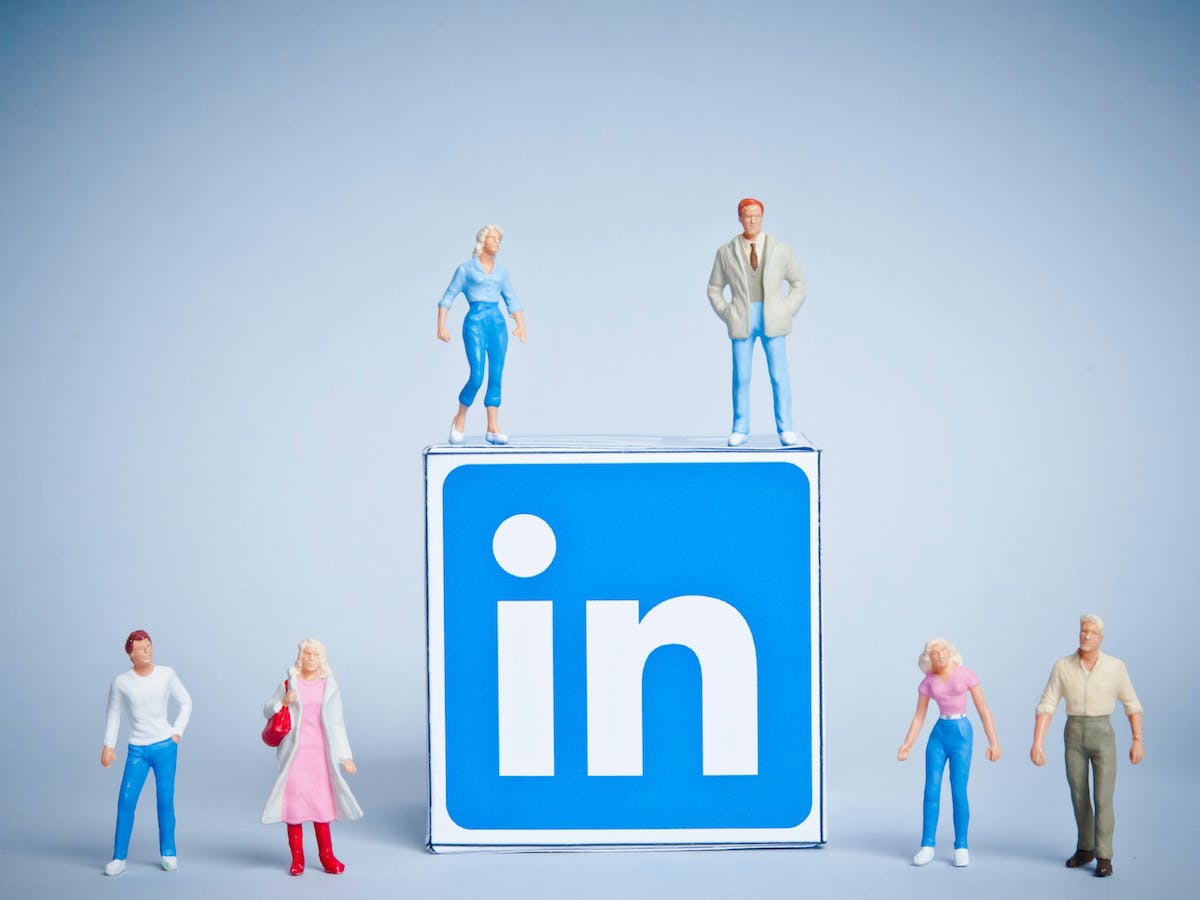inkedIn influencers are a relatively rare breed. The platform invites roughly 500 people a year from among “the world’s foremost thinkers, leaders, and innovators” to be dubbed official influencers. The likes of Richard Branson, Bill Gates, and Arianna Huffington are on the list.
Utahns have a reputation for dominating other social media channels, and LinkedIn’s influencer exclusivity could be frustrating to those who aspire to this level of distinction on the platform. But some of the biggest names in LinkedIn marketing say it shouldn’t be. You don’t have to be an official LinkedIn influencer to have influence that matters.
The LinkedIn platform is excellent for building business and essential for doing so, says William Arruda, known as “the personal branding guru” and author of “Digital YOU: Real Personal Branding in the Virtual Age.” LinkedIn is “all about creating a plan for being visible, available, and valuable” to your followers.
Arruda says one of the best ways to gain influence on LinkedIn is to use the platform’s creator mode. This is a relatively new feature that anyone can turn on. “Using this feature allows you to make yourself visible to your specific target audience with a message that’s going to be valuable to them without becoming an official influencer,” he says.
Arruda helps company executives build their personal brands for their own success and to support their organizations. The first step is to get everyone in the company on LinkedIn. Then, help them create an amazing profile page and build a team of “brand ambassadors.”
“So let’s say you’re a small insurance agency, and you have five people. Involve them all in sharing the communications that you share,” Arruda says. “Create a company page and use the company page to share the content. Invite all of your people to reshare that content with their connections and followers. By personalizing it and adding their own point of view, they are multiplying the visibility of that content, which is great.”
Only 3 percent of employees actually share their company’s content with their connections, but that 3 percent accounts for 30 percent of all the social actions associated with that content,” Arruda says. “So imagine that. It means that you can have an outside voice by engaging your people in your sales and marketing strategy, and it’s not a lot of work for them. You’re giving them essentially free content that they can select and share with their folks, which makes them visible in the marketplace.”
The bottom line is people don’t trust companies; they trust people. “People are less likely to engage with the content that comes from your company page than they are with the people who actually work for your organization,” Arruda says.
An added benefit of LinkedIn involvement across a company is it clues everyone in on what’s happening in the company and makes them aware of happenings outside their job function, Arruda says. This creates loyalty and a greater connection to the company.
Arruda advises writing LinkedIn posts that are 80 percent about business and 20 percent personal as a way to make yourself human. People want to work with people they know, like, and trust.
Some of the most followed posts on LinkedIn have been stories that pull at the heartstrings, he notes. This might be even more so post-pandemic, as people are craving human connection more than ever.
If you want to curate someone else’s post, repost it with your own personal reaction and add some value by directing the reader to the best part of the post, Arruda says. Adding your personality will help people feel it’s coming from you. “If you’re funny, be funny; if you’re organized, be organized,” he says.
“The third thing you need to add is all the right hashtags because that’s going to get seen by the right people,” Arruda continues. “It’s also going to get you seen by journalists because we know today that journalists are also using hashtags to find out who’s talking about a subject.” And lastly, keep readers on LinkedIn and don’t direct them to an outside link.

